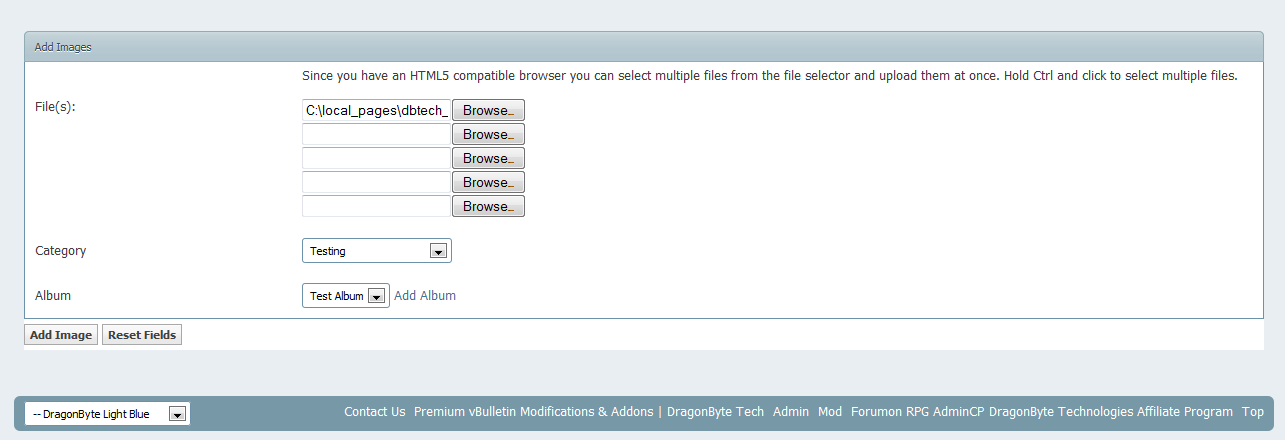

My goal in writing this article is to expand your knowledge of a central component of ASP.NET AJAX called the ScriptManager control and to show how advanced programming of ASP.NET AJAX is achieved using it. It would help to have a single platform for building rich client and Web applications in parallel so that work spent perfecting the end-user experience for one browser environment doesn't need to be duplicated for another.ĪSP.NET AJAX was released by Microsoft to answer this need in Web application development. Writing code that interacts with the browser requires a significant effort because myriad browser and operating system combinations exist, making consistency painfully absent. Unfortunately, it is not always easy to take advantage of many features found in current Web browsers. The most natural place to start when it comes to making a site more compelling is the Web browser itself, as it is the closest part of the site to the consumer. Your Web site can offer the best content available, but if it stands in the way of letting your users participate in its growth and development, your site will quickly fall into uselessness.Īs a developer, it's your job to use the tools at your disposal to meet the demands of the average consumer. Social networking sites, blogs, online photo journals, and wikis are just a few of the new styles of Web sites springing up every day, and it's just the beginning. Today the consumer of a Web site can be as responsible for its content, direction, and success as the publisher. This article uses the following technologies:


Implicit and explicit use of ScriptManager.The role of ScriptManager in ASP.NET AJAX.To force SSL use, enter the following lines of code at the top of the file:ĭon't forget to substitute the with your actual domain name and then click on the Save Changes button.ScriptManager Enables AJAX In Your Web Apps htaccess file and then click on the Edit option at the top menu. In our example, we have completed that installation within the public_html/ directory. Navigate to the directory, where you have installed vBulletin. When ready, click on the GO button to proceed. Select the Home Directory and Show Hidden Files options. For that purpose, you will have to access your cPanel account and then navigate to the File Manager service. Then, you can set a forced SSL use via the. This is a paid service that you can purchase via your Client Area. The first thing you will need to do is to get a valid SSL certificate for your domain. To configure and force SSL use on your vBulletin website, you need to complete two steps first. It will keep their sensitive information (such as credit card details) safe. This will allow the users on your website to always access it using the secured https protocol. This tutorial will review the process of enabling SSL use on your vBulletin website.


 0 kommentar(er)
0 kommentar(er)
